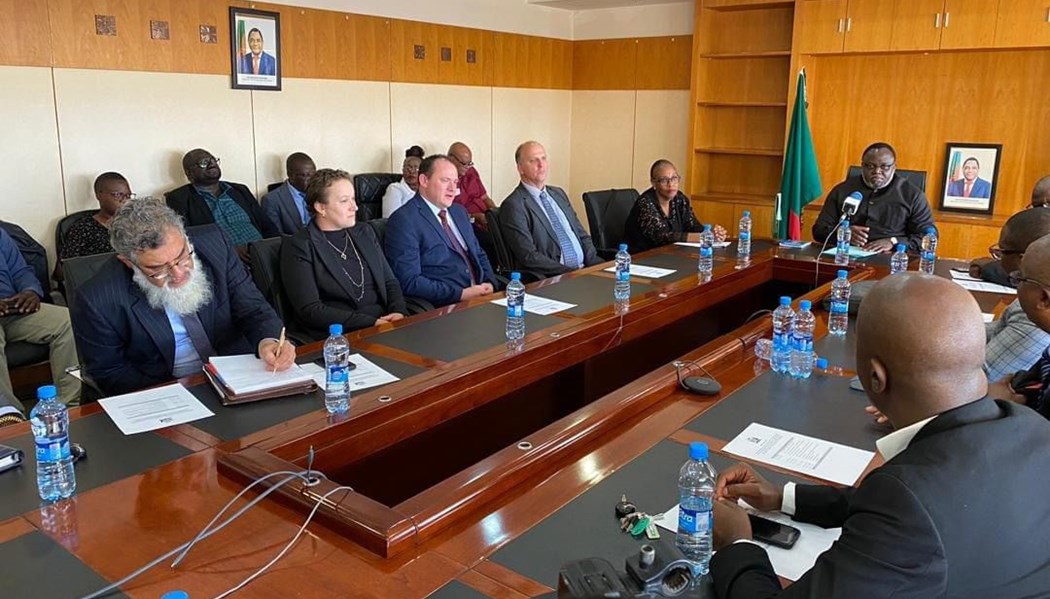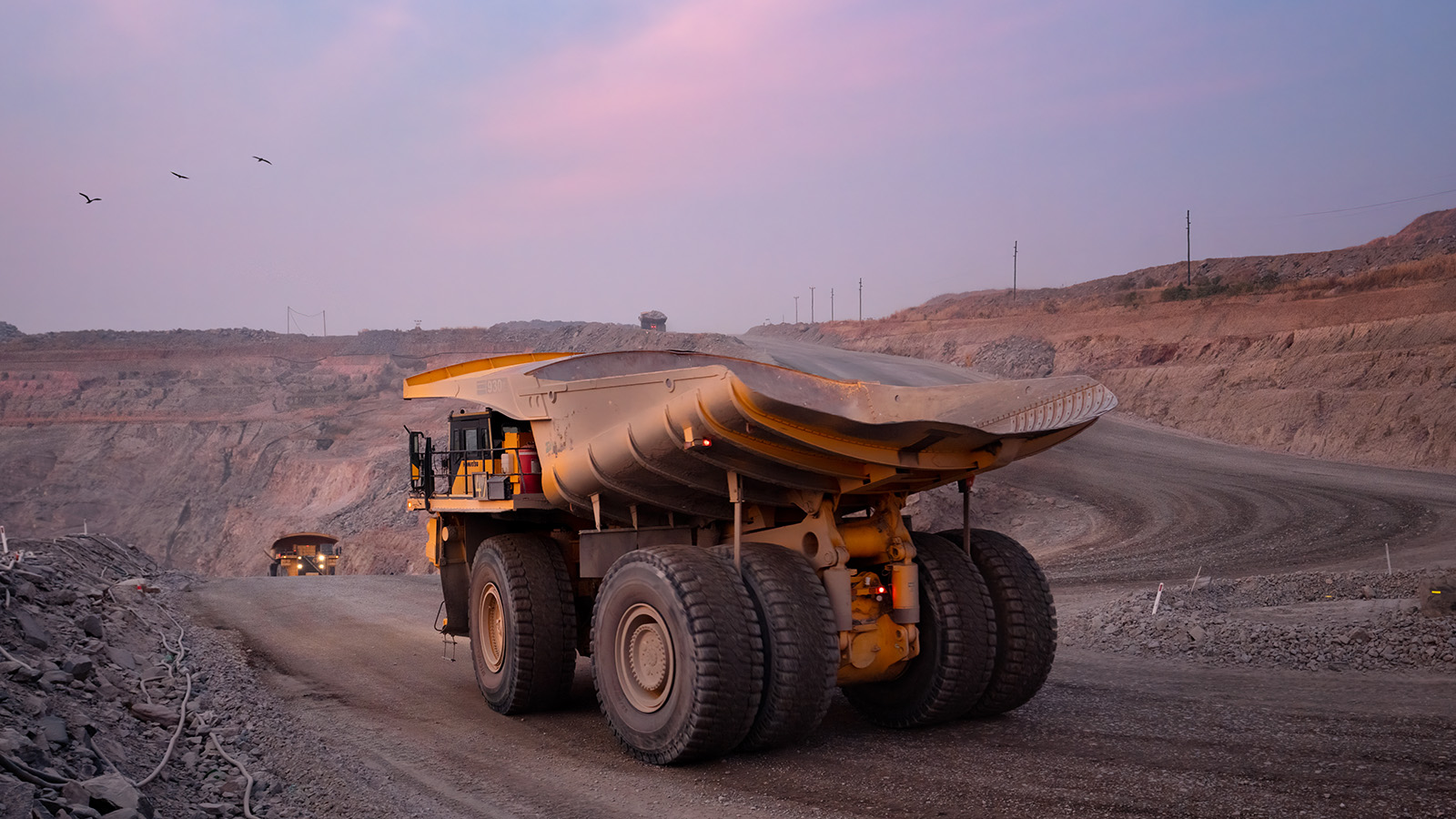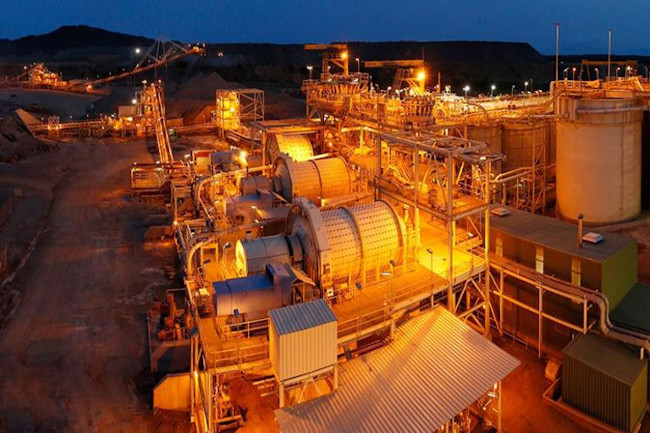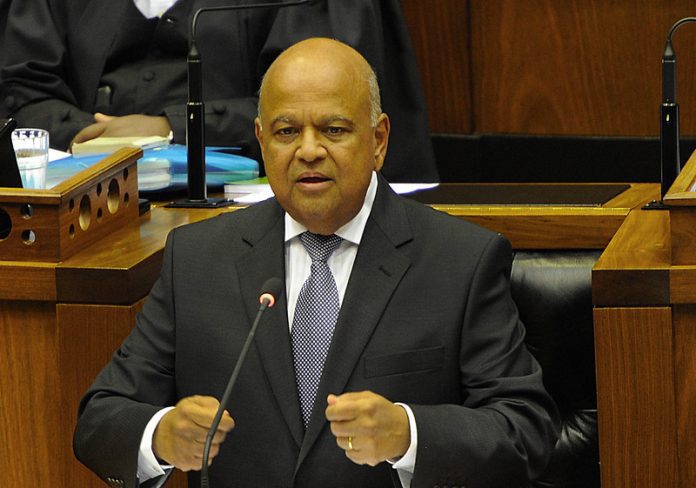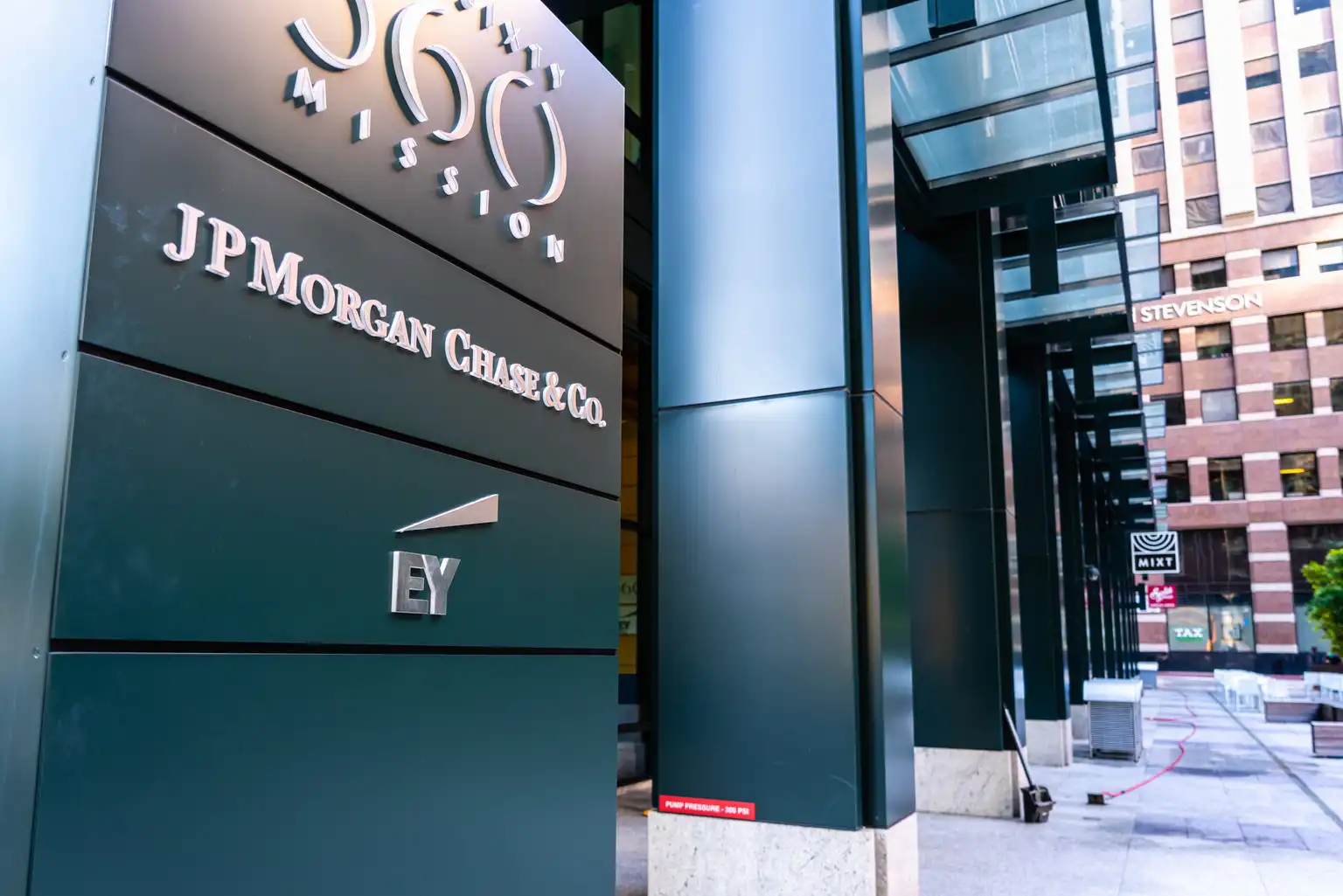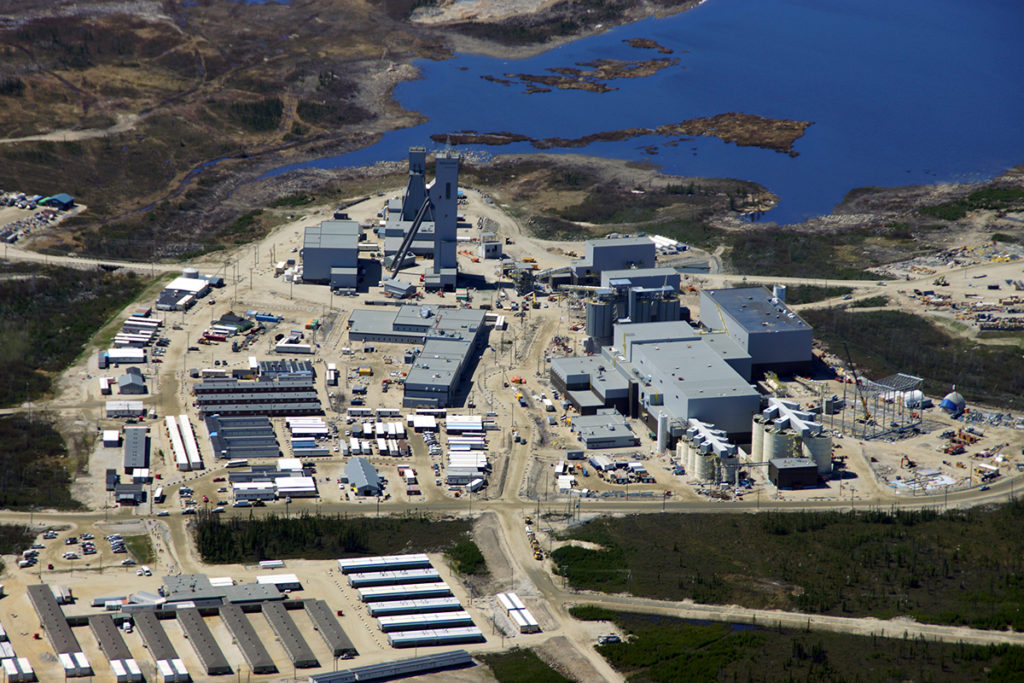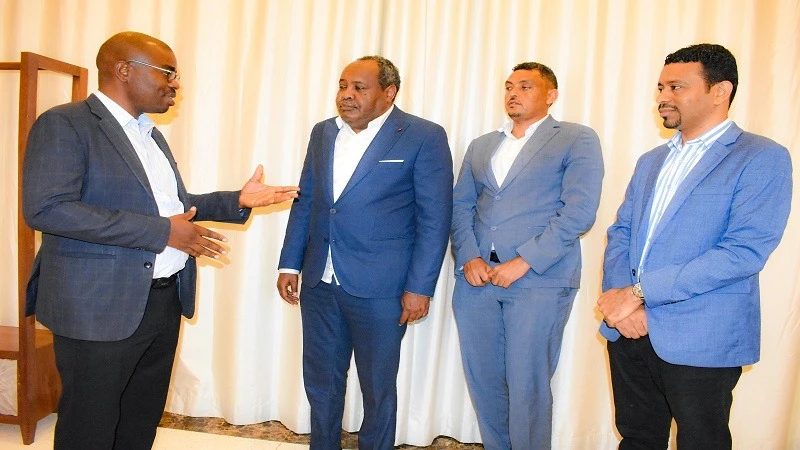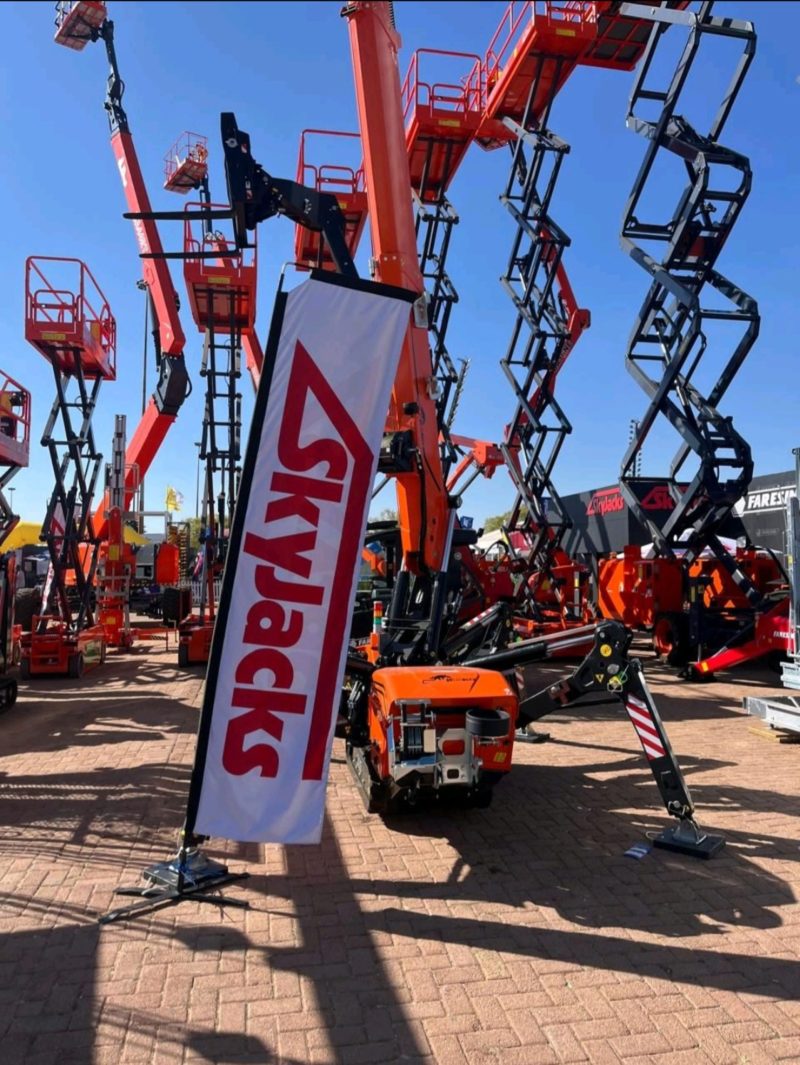Mining Other

Rail corridor to Angola opens faster mineral trade
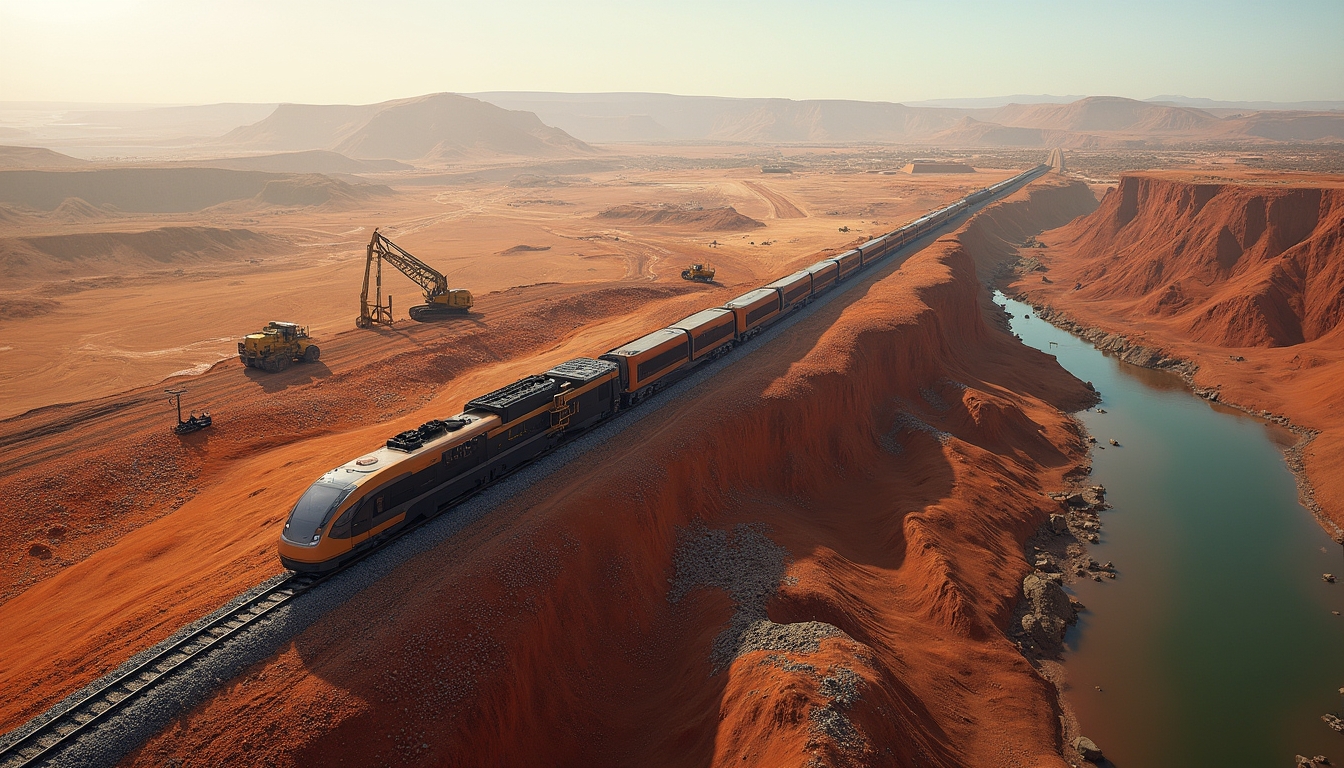
A key takeaway from the Lobito Webinar held on September 18 by Mining Review Africa was the emphasis industry leaders placed on how the Lobito Corridor will unlock access to cobalt, copper, and zinc from the Democratic Republic of Congo (DRC) and Zambia, while simultaneously resolving major transport bottlenecks. Currently, these minerals are towed thousands of kilometers by truck to ports such as Durban and Dar es Salaam, a system that is costly, unreliable, and plagued by delays and congestion. Zach Hartwanger from Open Mineral noted that the development of the Lobito Corridor will open up a new channel on rail, avoiding these trucking delays and ensuring a steadier supply of critical minerals to the globe.
For mining companies, logistics have long been the single most expensive challenge. Alex Pickard from Ivanhoe Mines explained that up to one-third of the company’s operating costs at the Kamoa-Kakula copper mine and half of the costs at its Kipushi zinc mine come from transport. He stated that moving materials by rail is not only more efficient but also cuts the distance and reduces emissions. Ivanhoe Mines has already signed a five-year agreement to use the Lobito Corridor.
The project is being advanced through the Lobito Atlantic Railway, which has been operational since January 2024 after winning an Angolan government tender. According to Nuno Chaves Frota, Legal & Compliance Director at Lobito Atlantic Railway (LAR), the aim was to transform the Benguela railway into one of the most efficient transport links in Africa. The line now connects the DRC, Zambia, and Angola directly to the Atlantic port of Lobito.
Beyond mining, panelists highlighted the broader socioeconomic benefits, including new jobs and skills generated during construction and operation, as well as opportunities in agro-processing, light manufacturing, and renewable energy. Dr. Theophilus Acheampong, Head of Markets & Research at the Critical Minerals Africa Group, highlighted that the corridor could help deepen regional integration and create new industrial hubs, broadening economic development beyond mining. The project is currently self-funded by its shareholders, including Trafigura and Mota-Engil, though talks are underway with development finance institutions to scale up infrastructure investment, with governments not directly financing the corridor.




